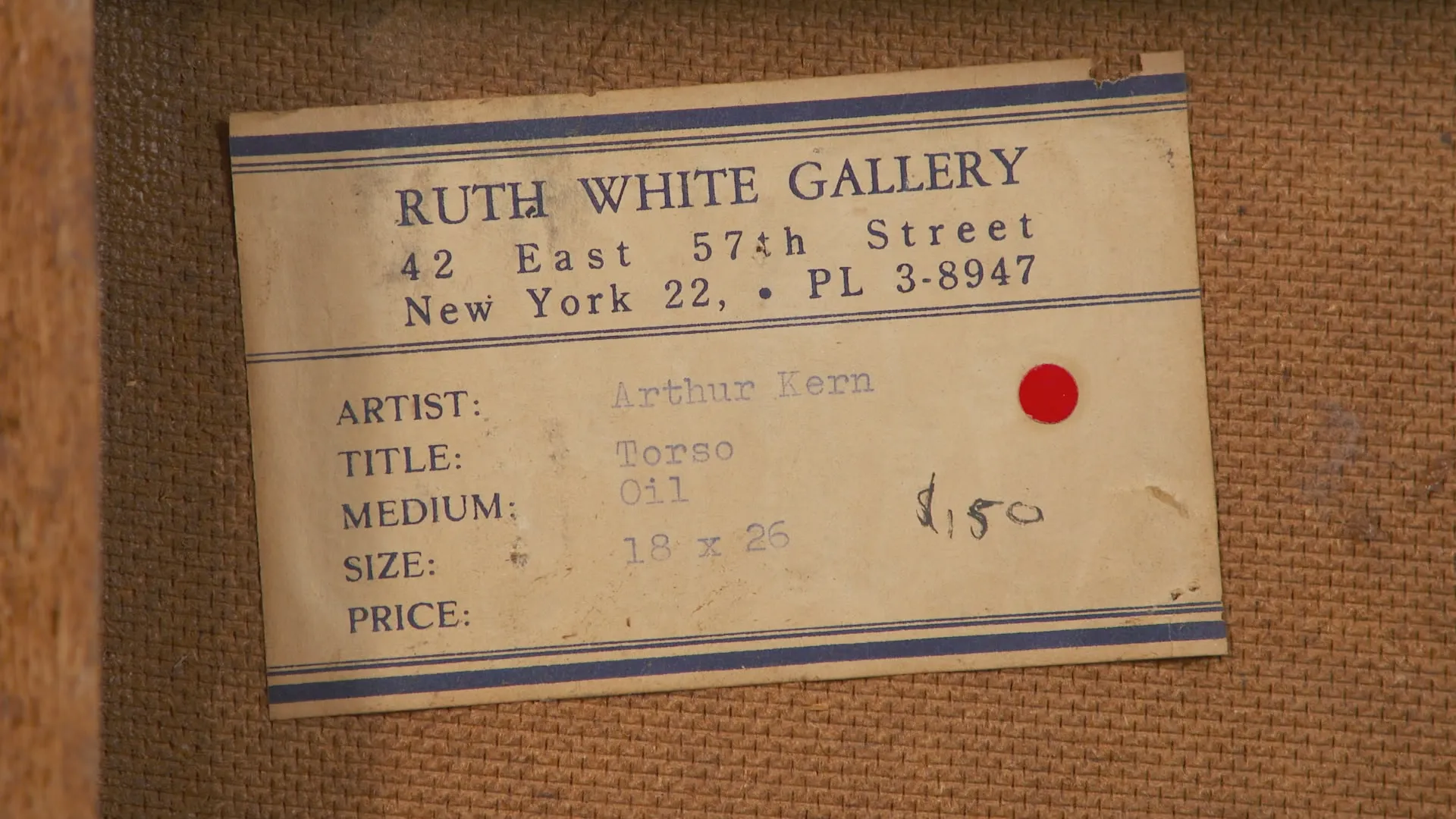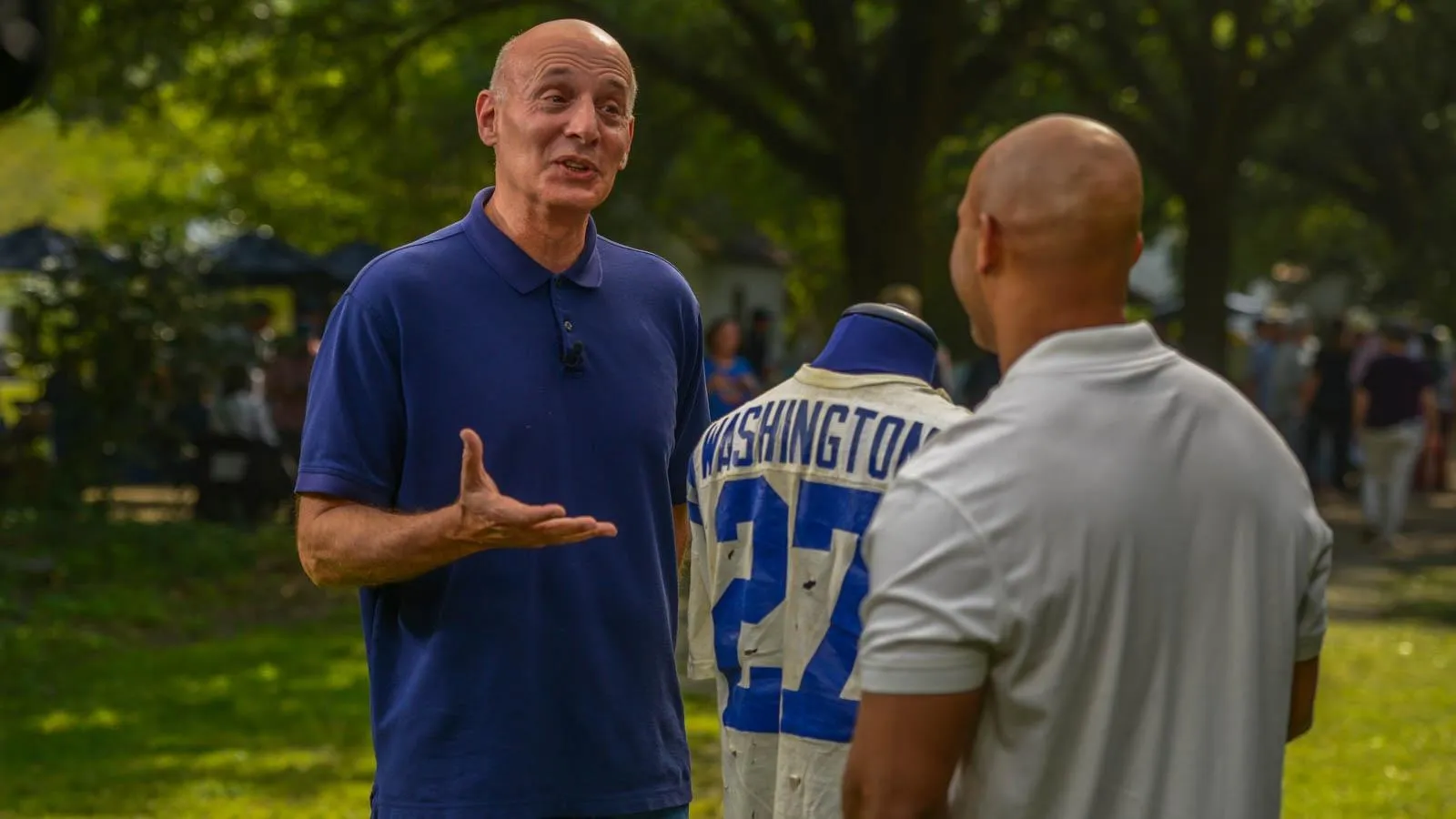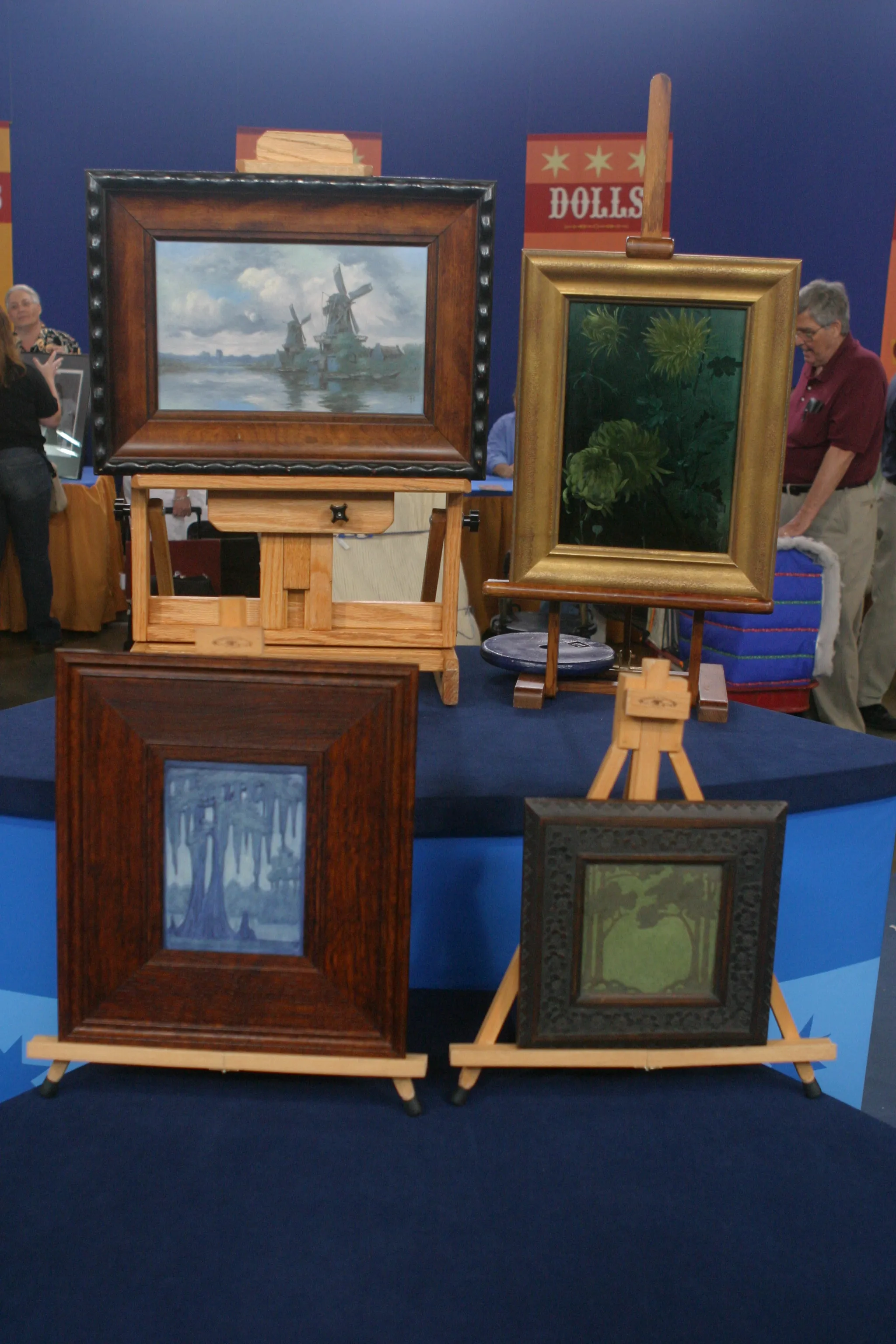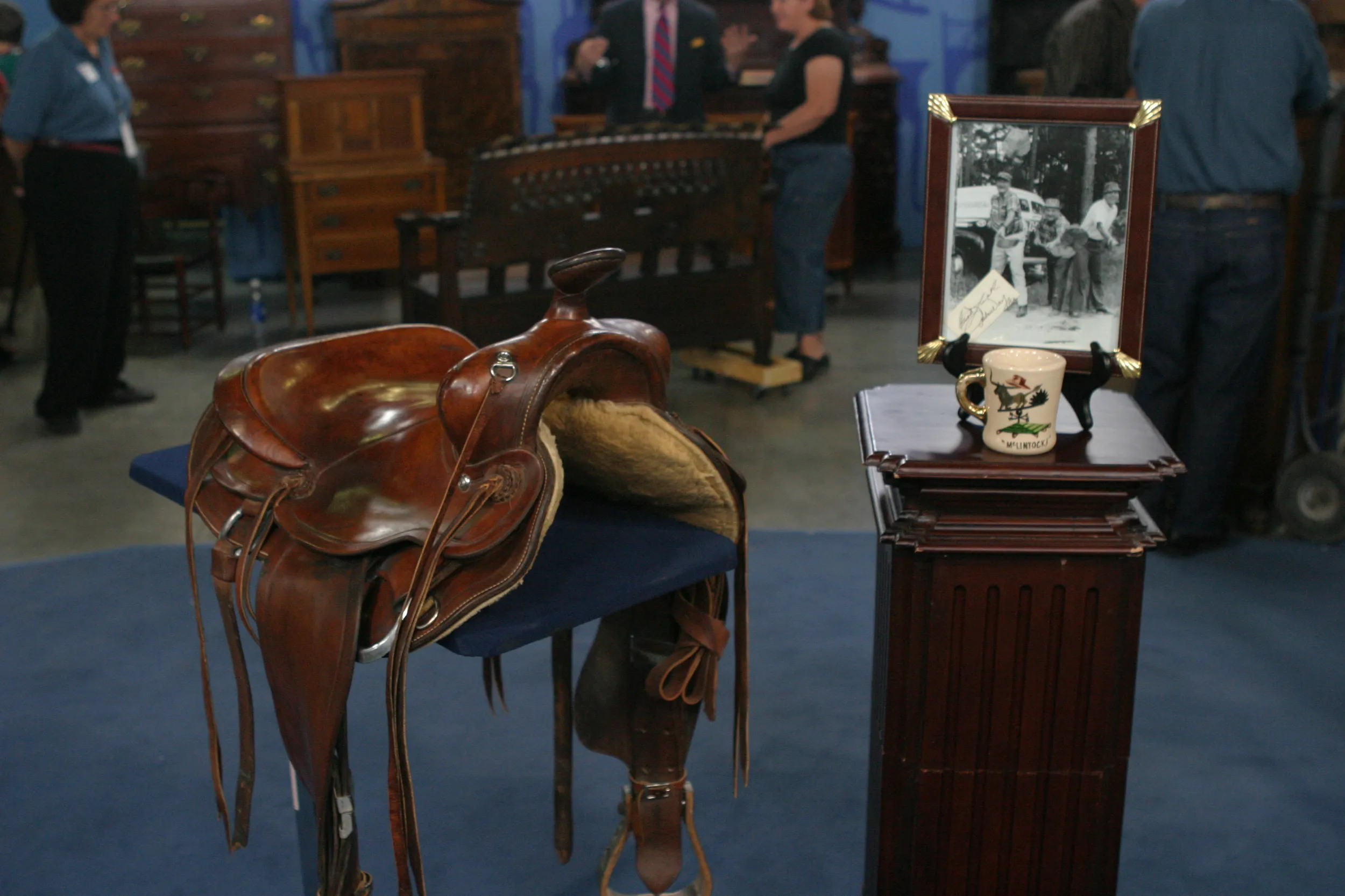GUEST: It's a painting that came from my father. We've had the painting as long as I can remember. My dad was a art professor at, uh, the University of Southwest Louisiana in the '60s. And he was the curator of the museum there. And this painting and a, quite a few other paintings from Mr. Kern, somehow we acquired them. From what I understand, he came in, left the paintings, my dad-- whether he purchased 'em or traded some other artwork for 'em-- and then he kind of just disappeared, and no one ever heard anything from him again.
APPRAISER: Mm.
GUEST: The artist.
APPRAISER: As I think you've discovered, the artist is Arthur Kern. He was a New Orleans artist. Lived here, studied here, got his art degree. In the 1950s, he moved to Pennsylvania to become a flooring designer. He was, I think, trying to make a living while painting on his free time. And while he was doing that, he discovered epoxy, and he began to explore the texture of epoxy and incorporating it in his work. He then went on to try some other things, like polyester resin. And so we see here in this painting, which is entitled Torso, that he is really building up the impasto into a thick manner, probably utilizing one of those mediums, either epoxy or polyester resin, in the work to give it some kind of dimension. He became quite successful. He had solo shows at Ruth White Gallery in New York, which was right near Central Park, and he also was exhibited at the Museum of Modern Art in a group show in 1962, and had kind of a lot of notoriety in the early '60s. And then all of a sudden, in 1967, at the age of 35, he decided that he didn't want to do that anymore, and he burned all his paintings. So, this painting...
GUEST: Oh, wow. (chuckles)
APPRAISER: ...is, is, uh, probably one of the only survivors that still exists from that period. It has an exhibition label from that Ruth White Gallery on the verso, with a red dot, which to me means it was sold. When he burned all of those paintings in 1967, he went on to teach, but he stopped exhibiting, didn't have any shows. Actually, many of his contemporaries and friends wondered if he had died, because he completely disappeared from the art world. Only recently, in 2016, he kind of resurfaced. He was given a single-man exhibition at the Ogden Museum of Southern Art, and that really kind of was a rebirth of what he became most famously known for, which are his polyester resin sculptures. So in this very early work, we see, I think, his beginning of exploration with sculpture, and it really leads him to where he ends up as being a very well-known and famous sculptor today.
GUEST: Wow.
APPRAISER: So it's a little bit hard to, uh, pinpoint the value on this, because he destroyed so many of the paintings from this period, and not many of them have come to market. But based on what I have seen, I would estimate this painting for auction at $8,000 to $12,000.
GUEST: Oh, wow, that's exciting. There are at least two other ones that I know of. My dad taught at the mental health center and did a art program there. And two of the psychiatrists that worked there also have one of the paintings. So there's at least three of 'em still, still around.
APPRAISER: Well, I think the ones that survive are the ones that were probably purchased or gifted before '67, and that was it.
GUEST: And it may have been around '66 when he would have gotten 'em.












